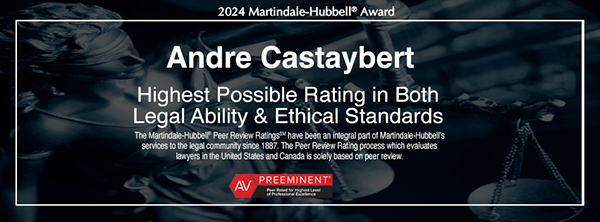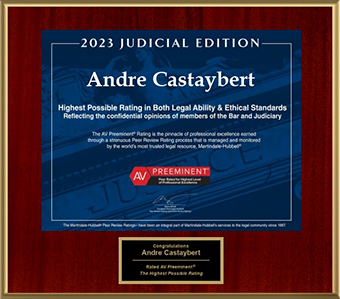Navigating a Litigation Hold
July 10, 2023
When a company first gets wind of a potential lawsuit, often the first step is to begin implementing a litigation hold.
A litigation hold is a mandate within a company or organization to preserve relevant information. When a company reasonably foresees a lawsuit or investigation, it must begin preserving documents and information. Ensuring a litigation hold is completed thoroughly and effectively is key to satisfying the preservation obligations of litigation.
What must be preserved?
The scope of documents that must be preserved when litigation is foreseeable is often unique to the company, the dispute, and the amount of information stored electronically. Companies usually do not need to preserve the entirety of their information forever. But, when litigation or an investigation is reasonably foreseeable, there is a common law duty to preserve evidence related to the lawsuit. This duty seeks to minimize the spoliation of evidence to ensure all potentially relevant documents are kept and can be used later in litigation.
When should a business reasonably anticipate litigation?
The most challenging aspect of initiating a litigation hold is determining when a duty to preserve arises. Courts have generally found that a business should anticipate litigation when they
- Receive notice of a credible threat of litigation or an investigation.
- Receive a formal complaint.
- Are involved in a pre-litigation dispute (such as receiving a demand or cease and desist letter).
- Become aware of an internal complaint or accident.
Implementing and overseeing a litigation hold
When a business first receives a complaint or becomes reasonably aware of a potential legal claim, it should implement a litigation hold promptly. A litigation hold usually takes the form of an instruction given to relevant employees of the company to suspend document destruction, preserve certain information, paper documents, electronic documents, and records that would be relevant to the potential investigation or lawsuit.
A typical timeline of a litigation hold is as follows:
- A business receives notice of a threat of litigation or an investigation.
- A team within the company is created to oversee the litigation hold.
- The team develops a plan by researching the internal document preservation procedures and identifying key personnel who have had access to the relevant documents, records, and information.
- Drafting and distributing the litigation hold notice.
- Routinely ensuring all pertinent individuals are following the litigation hold by tracking and systematic reminders.
- Modifying the hold if new issues arise and lifting the hold when there is no longer a threat of an investigation or litigation.
It is also advisable to meet with any company IT personnel to discuss the accessibility and storage locations of any relevant electronically stored information to ensure full compliance with the litigation hold.
The stakes of failing to preserve information
Even though document preservation can be expensive given the large amounts of physical and electronically stored information, a company must postpone standard destruction processes and ensure the relevant documents are preserved to protect all parties’ right to a fair trial. Failing to preserve the relevant documents exposes the company to risks of significant legal consequences such as monetary sanctions or a default judgment.
To read how Castaybert PLLC can assist you with litigation, click here.








